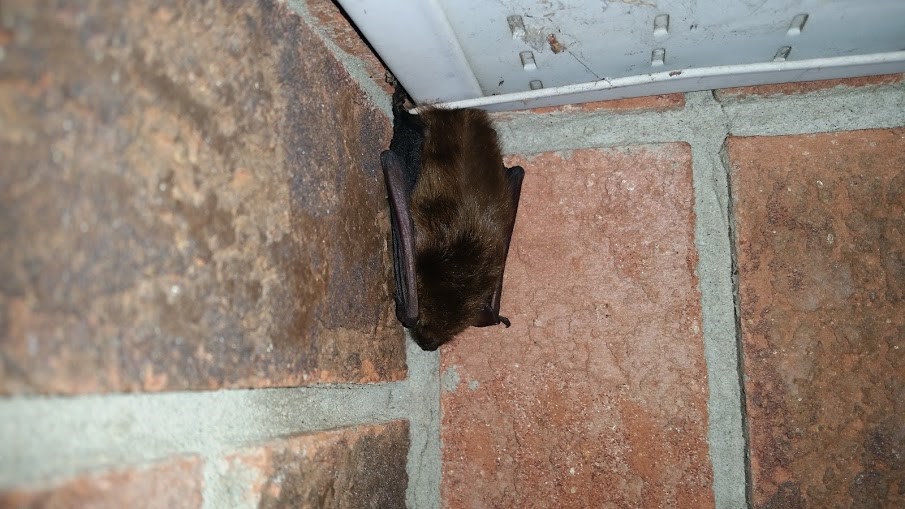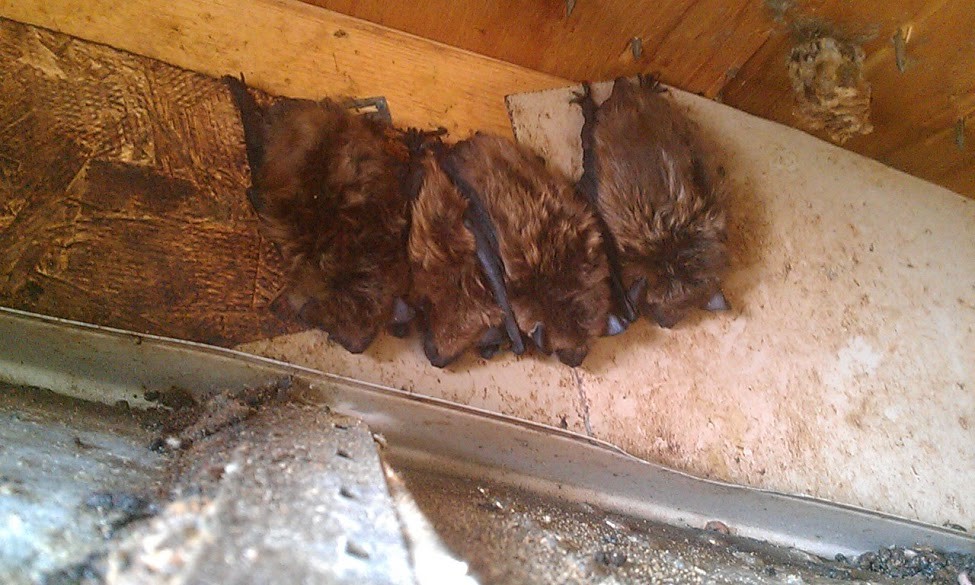Bats populate the night sky. They’re curious creatures letting out squeaks into the dark. Something about them is creepy. Bats are not like any other animal. They use echolocation to move through the night. They’re one of the few mammals who fly. And they’re most known for sleeping upside down. It takes a special set of skills to hang from your feet, especially without blood rushing to your head and legs becoming weak.
Why bats hang upside down
Unlike birds they cannot just take off from the ground. Hanging upside down gives bats an ideal position for takeoff. Bat’s wings don’t produce enough lift to take off from a standing position. Also, their hind legs are too small and underdeveloped to allow them to run. Bats use their claws to climb to high spots so they can drop into flight.
Bats have many different predators. Hanging upside down is a great way to hide from danger. There are lots of predators around during the day. Bats get into areas other species can’t. It gives them great cover to disappear until night time. They especially love the walls and attics of houses.

A bat hanging from the aluminum soffit of a house
How bats hang upside down
Bats have a special physiological adaptation that allows them to hang upside down without using any energy. A bat’s talons close similarly as a human’s hand. As we humans close our fists one muscle contracts, pulling the tendons and closing our fingers. But, a bat’s tendons are connected to their upper body not a muscle.
First, a bat flies into position, then opens its claws and grasps until it discovers a surface to grip. Bats simply relax and their talons grab hold of the surface. Its weight helps keep their claws closed. The upper body pulls down on the tendons connected to the talons and causes them to clench. Bats do nothing to hang upside down. They don’t exert any extra energy.
Bats find it easiest to adhere to textured surfaces with edges that allow them something to grip. For instance, bats can latch onto brick much easier than aluminum siding or flashing.
You will not always spot bats on your property hanging upside down
As a nocturnal species bats are difficult to spot. They do most of their activity under the cloak of darkness. So, when it comes to daytime they’re usually well hidden in hard to get to areas. If they are in your home they will find the darkest corners to hide in. But, they will not always be hanging upside down. Bats use their claws to climb different surfaces. Wooden beams, concrete walls or attic insulation are easy for bats to sink their claws into. They could be hiding in any corner.

These bats are using the edges of building materials inside the attic to grip their claws onto
They generally hideout behind walls and in dark areas
Your attic has numerous dark corners, cracks and crevices. Generally, they will find access to your home through holes in your roof. The attic is the most common area bats will roost. But, they will also search for secret hideouts in walls or behind your chimney. Bats roost to hibernate, live or give birth. So, they’re looking for anywhere they won’t be disturbed by the many dangers of the wild.
Signs of bats on your property
- Actual bat sightings.
- Strange odours around your home.
- Seeing black stains from where bats enter.
- Scratching or fluttering sounds.
- High-pitched squeaks.
- Bat droppings.
Ottawa bat control
The fall means bats are searching for a place to build their winter roosts. They’re attracted to your home because of warm air being released from vents, holes or cracks in your roof. It doesn’t take a large opening for bats to get in. Bat roosts can produce many different types of viruses and parasites that can contaminate the air of your home. If you discover any signs of bats living on your property make sure to contact Skedaddle Humane Wildlife Control. We’ve been humanely removing bats from Ottawa homes since 1994.



